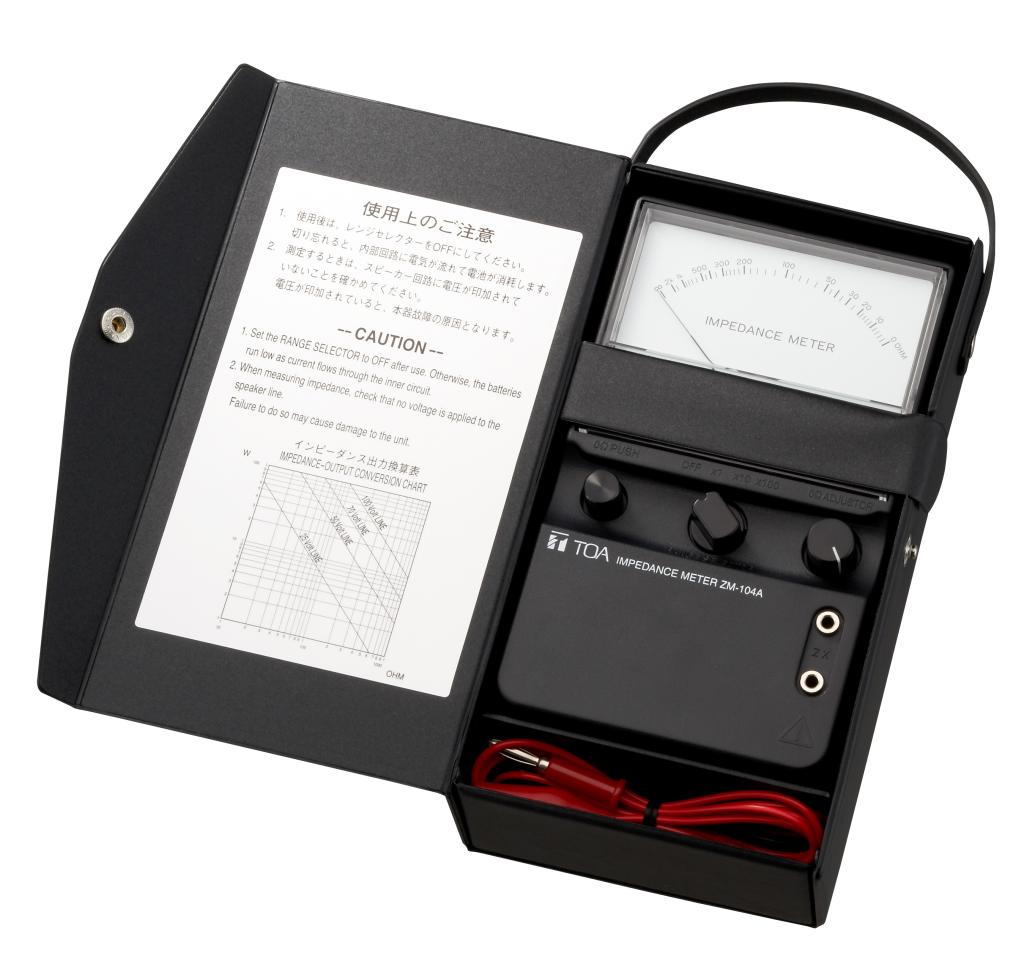High Voltage Amplifier and Speaker Impedance
Sound Talks
High Voltage Amplifier and Speaker Impedance

High impedance speakers and amplifiers are found with two common specifications, wattage and impedance, i.e. 60 watts/83Ω, 5 watts/1KΩ. Both of these characteristics are used to determine what amplifier power is required and what load the speakers present to the amplifier. Which specification do you use? Both can be used independently depending on the situation in the following manner.
Design
I have an amplifier that can deliver 60 watts so my total load of all the combined speakers cannot exceed 60 watts. Actually a 20% margin should be allowed so we should only load the amplifier to 48 watts or 80% (100% - 20%) of the total power available. Now what is the load? Since high impedance speakers are connected in parallel, simply add the tap power ratings for each speaker on the speaker line. This is a convenient method when designing a system but what happens when there is a failure and it is necessary to trouble shoot the problem.
Trouble Shooting
Arriving at the facility, a single zone of speakers is connected to a 60 watt amplifier and the amplifier is in protect mode. No audio is heard from the speakers. Disconnecting the speaker loads we would now measure the speaker line with an Impedance meter. An impedance meter, not an ohm meter, measures the total impedance of the speaker line by injecting a constant current signal or tone typically 1Khz. Another advantage of injecting a signal tone is that you can walk the speaker line and hear the tone at each speaker. The ZM-104A is just such a meter allowing for quick measurements of the condition of the speaker line. The meter reads the voltage across the speaker load and this is then calculated using ohms law, / Z If we are using 70 volt speakers, E becomes 70.7, and Z the value read by the meter.
The ZM-104A also comes with a handy reference chart that eliminates the need to do the above calculation. The total power load in watts presented to the amplifier is then a function of the operating voltage (70.7V/25V etc) and the measured impedance. Knowing the load presented to the amplifier will help to determine if the amplifier is overloaded, shorted speakers are present, and shorted or open speaker lines exist.
Example:
E=70.7V, Z measured is 56 ohms,
P / 56
P=4998/56
P=89 watts
In this case, the speaker load is too much for the 60 watt amp it is connected to. The amplifier has gone into protect mode and the condition of the speaker line must be determined to eliminate the extra load. Further use of the ZM-104 at various connection points on the speaker line should isolate the condition. Also since the meter emits a tone onto the speaker line, one can possibly hear where the problem speaker might be.
The ZM-104A is a very good investment for any technician required to service speaker systems or where any impedance measurements are of benefit.
